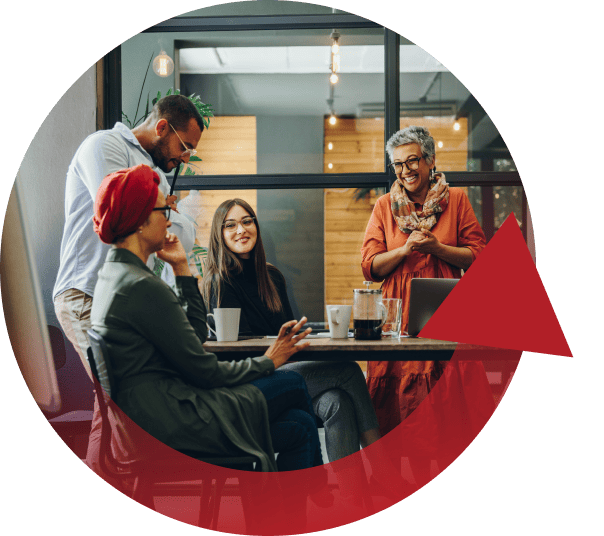TIP Issues Archive
Read issues of The Industrial-Organizational Psychologist from the past four years.
Join Us
SIOP has multiple memberships to support the varied careers in the I-O psychology field. Learn about the benefits of becoming a Professional, Student, or Affiliate of SIOP.


